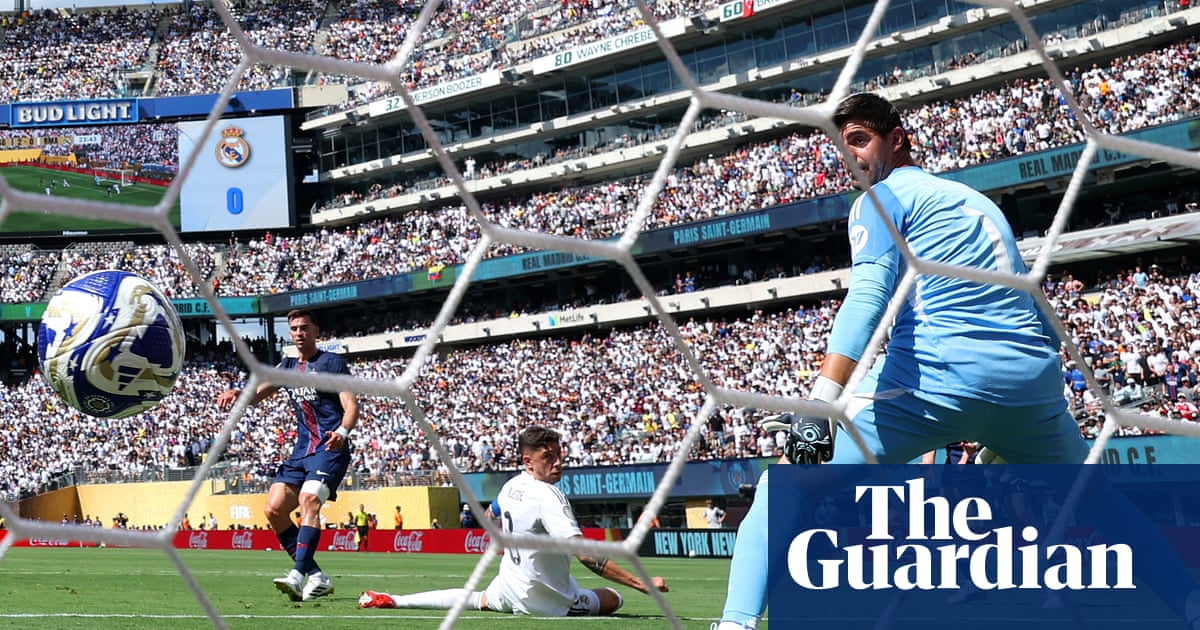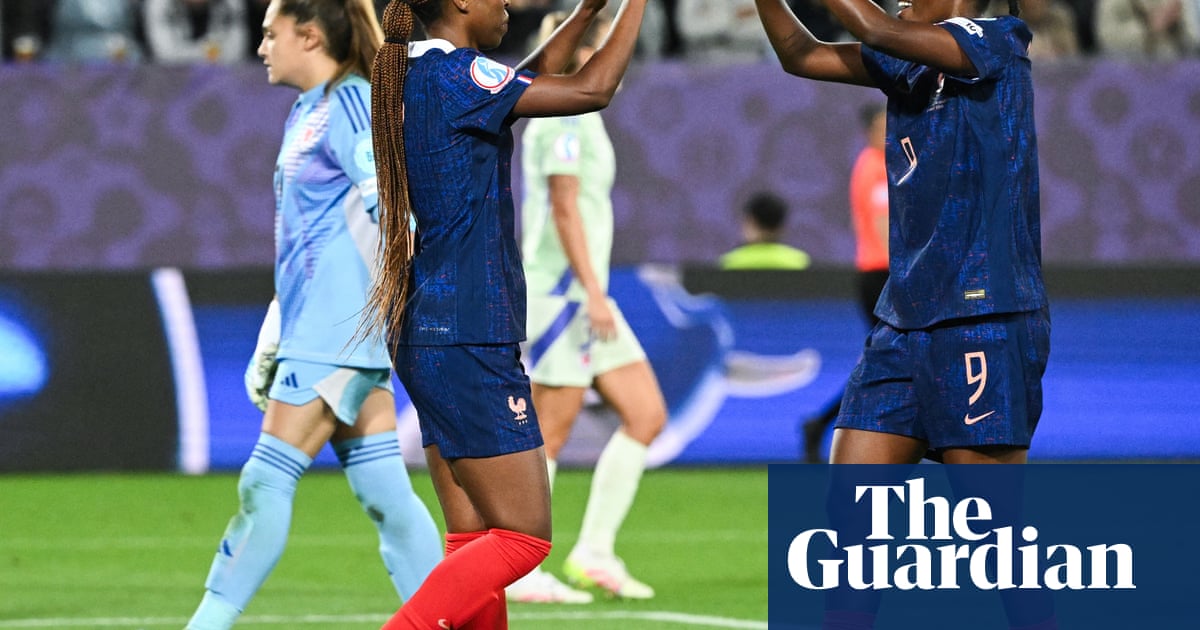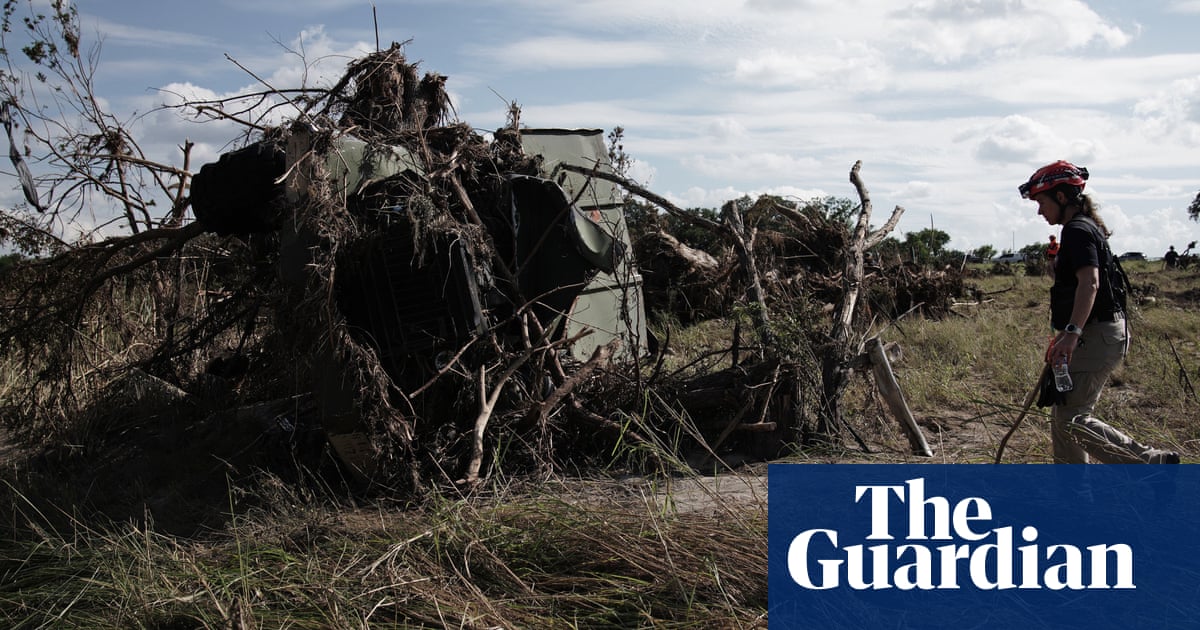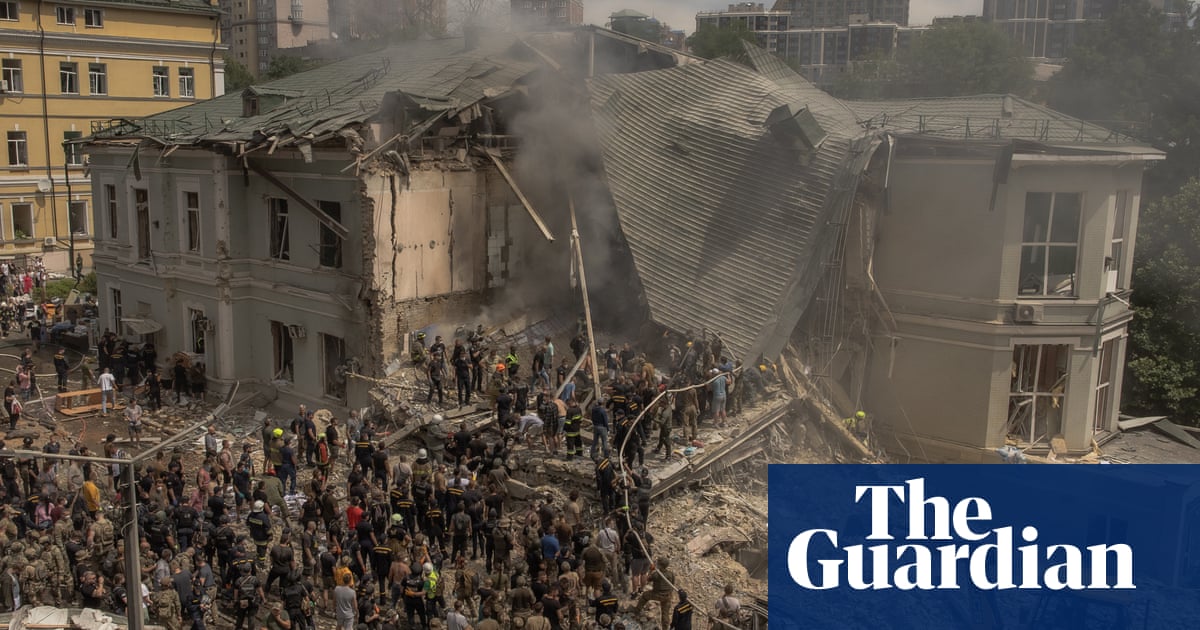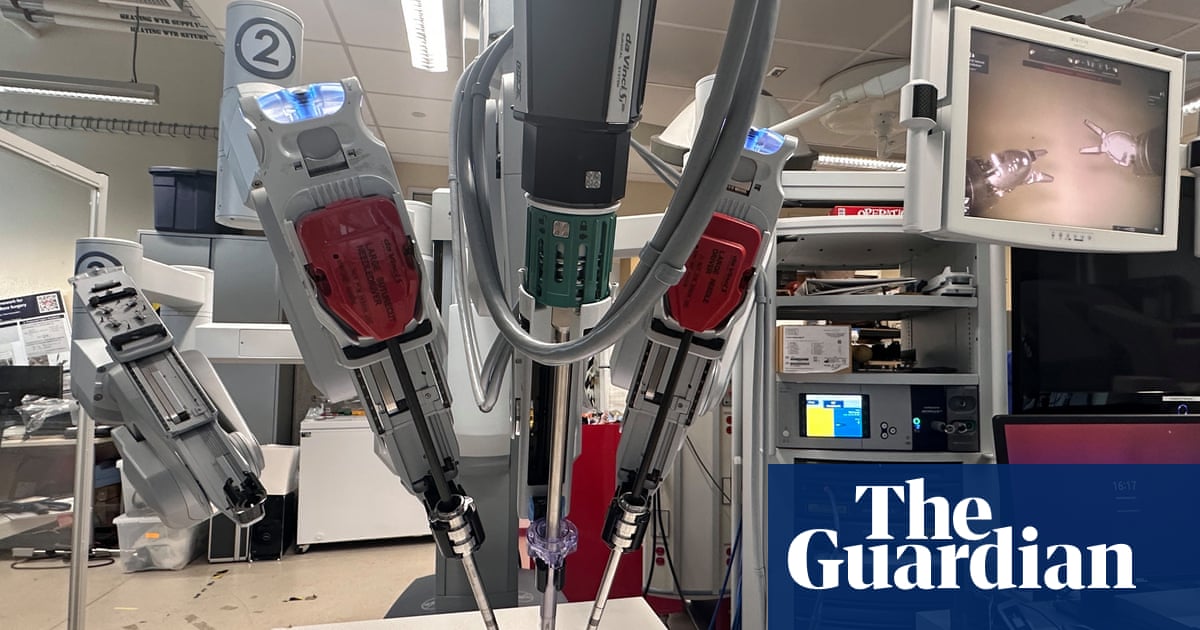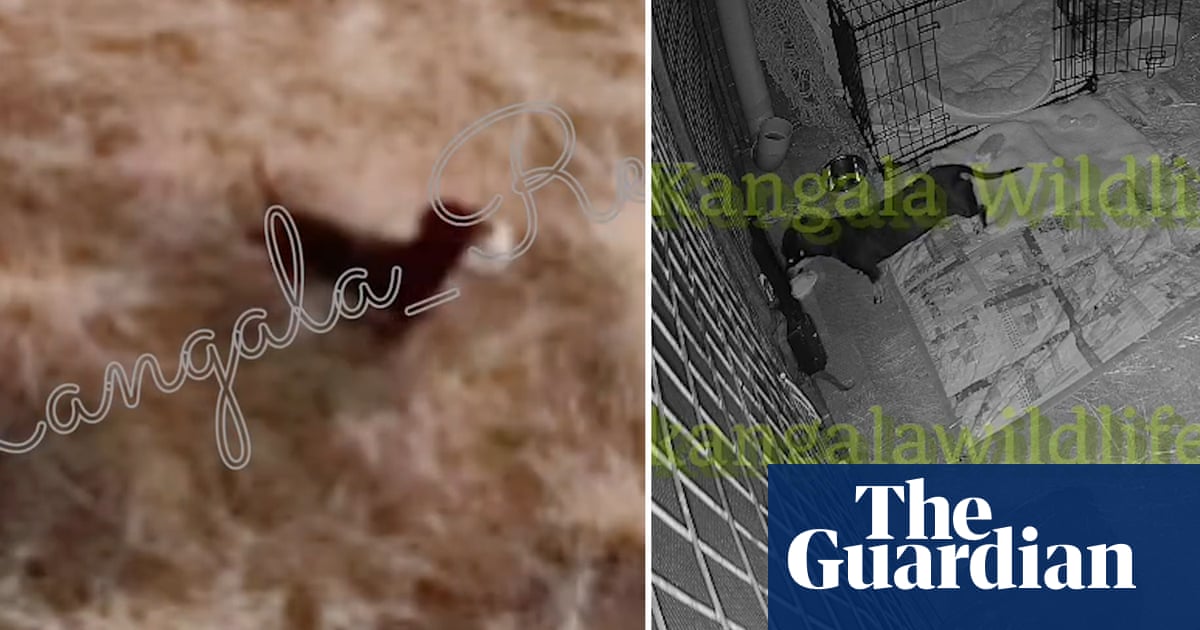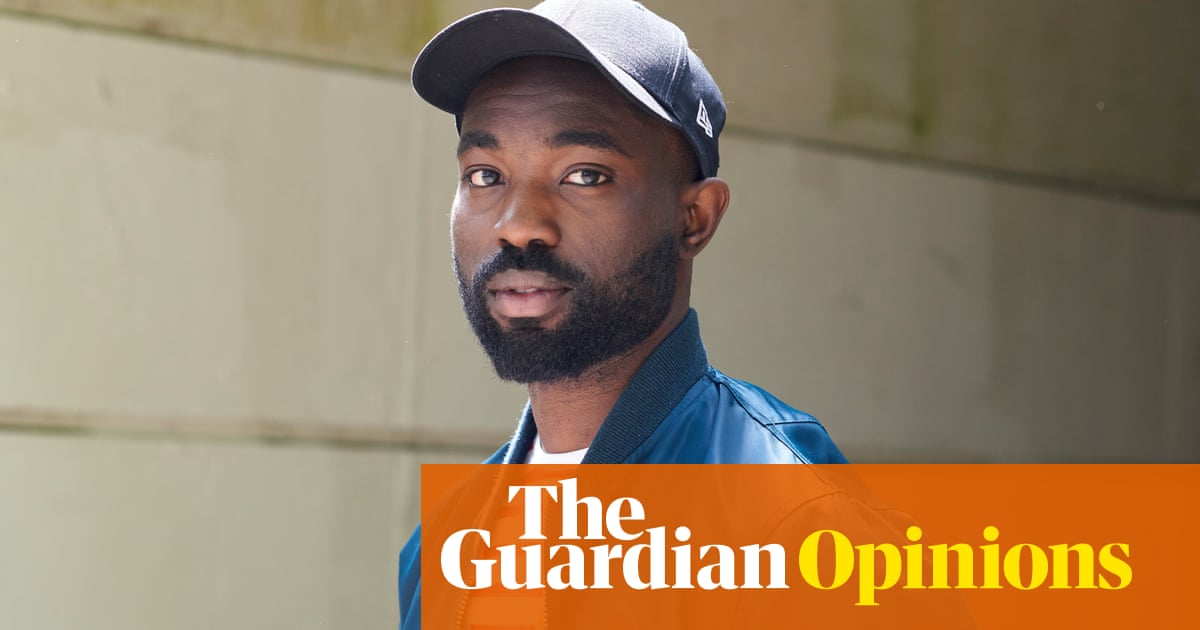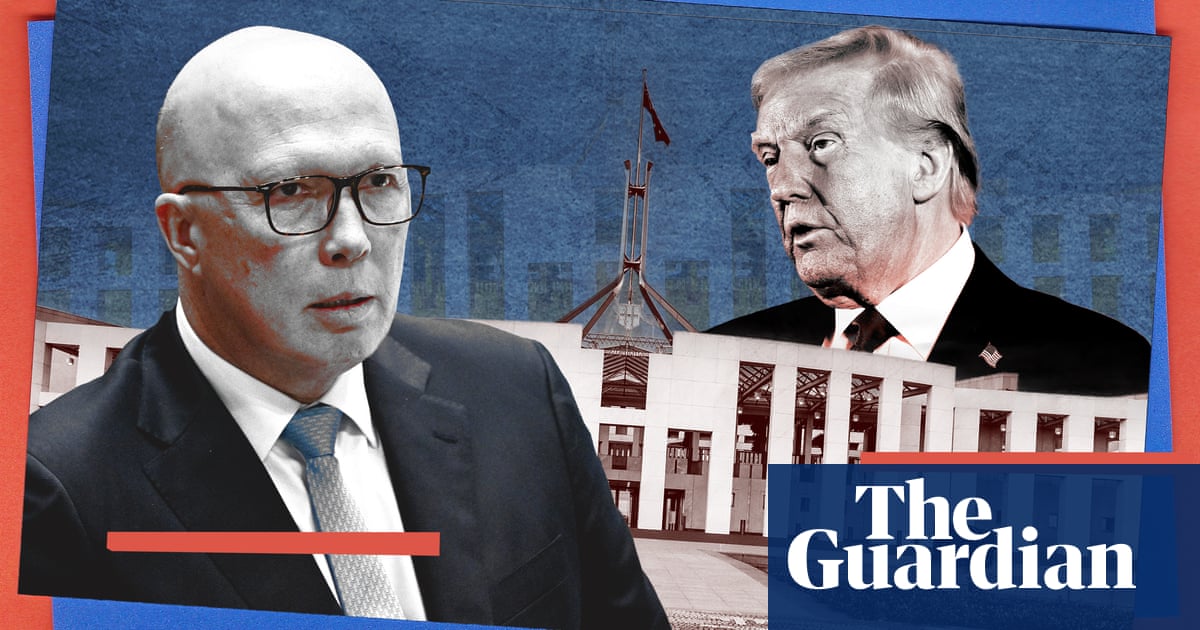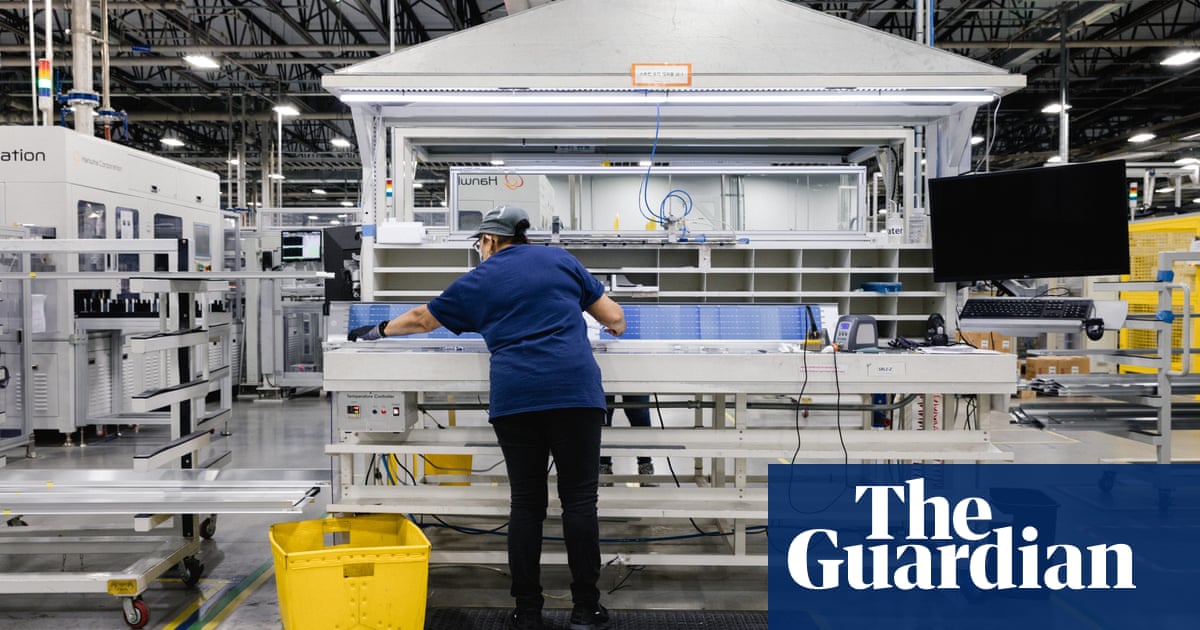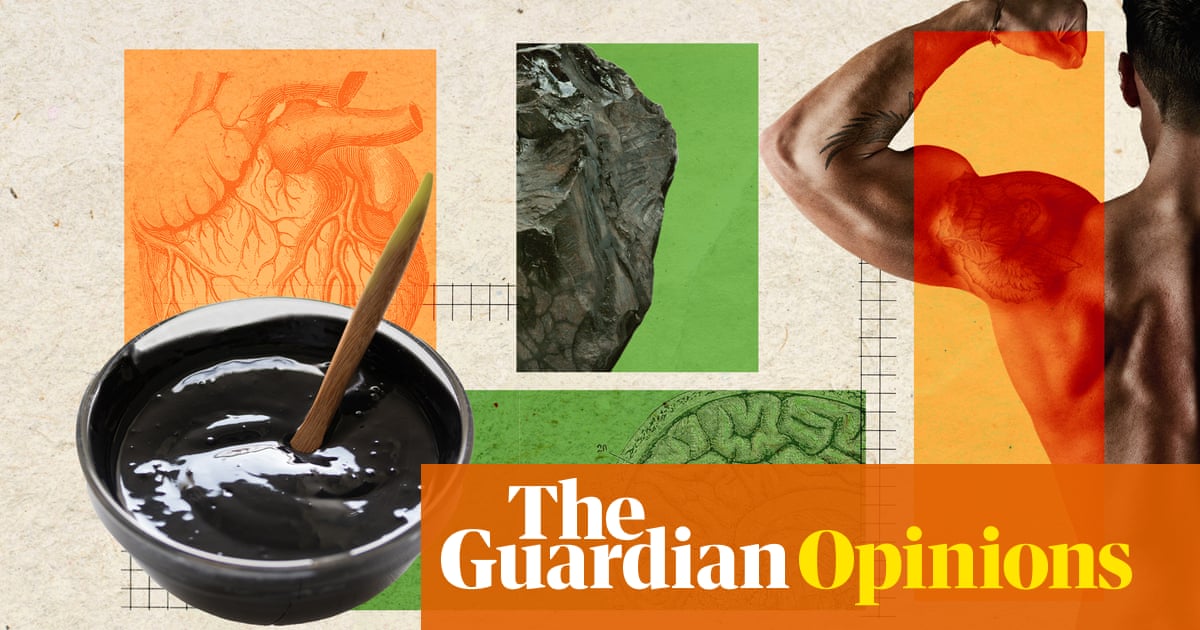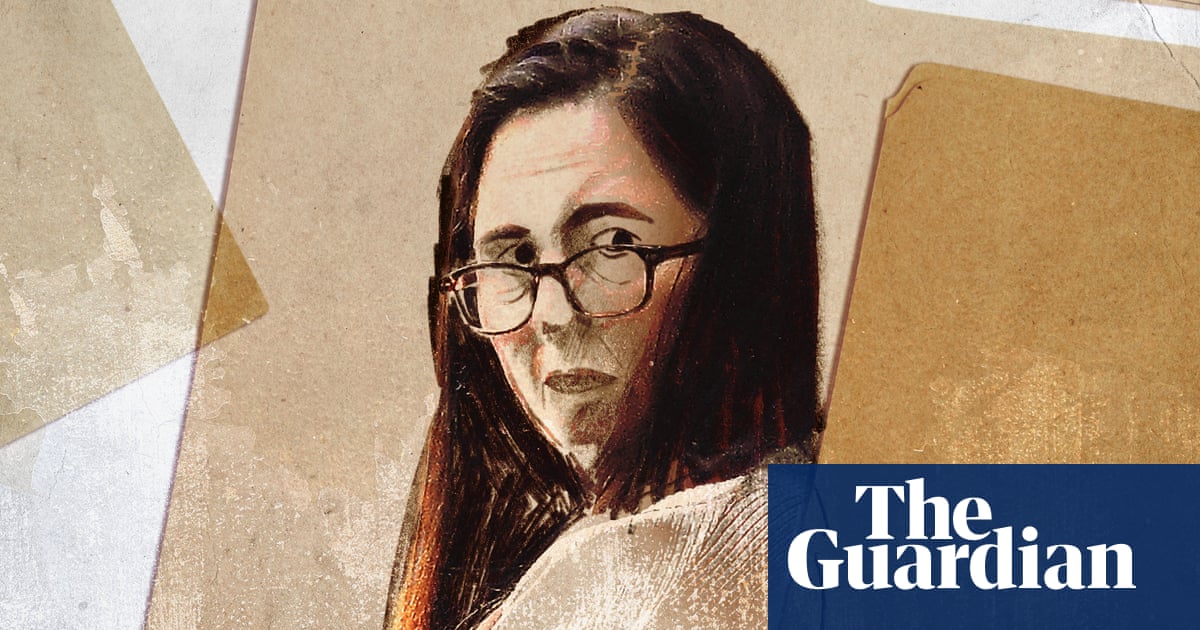‘I’m led by stories,” Anna Perach tells me as we sit in her sun-drenched studio at Gasworks in London. The wall behind me is stacked with a rainbow of yarns, and on her desk sit a collection of texts that point to the key themes of her work: femininity, magic and the uncanny. Perach’s life-size humanoid sculptures made of tufted carpet surround us, their presence equal parts eerie and warming. Their strange humanity seems steeped in narrative, which she draws from folklore and fairytales.
The sculptures cry out to be touched, with their beautifully fluffy, varied and multicoloured surfaces. They are, as she says, “aesthetically overbearing”. Perach’s work is in part about the porous boundaries between bodies and the world. Their intense tactility, meanwhile, brings out a childish desire to sink your fingers deep into a comforting, if slightly spooky, softness. And their hollowness asks the viewer to imagine a body inside them – when exhibiting the works, performers do inhabit them and bring them to life.
Perach was born in Ukraine behind the iron curtain, and Soviet aesthetics are foundational to her work. But her medium of tufted carpet came to her intuitively. “I grew up with tons of carpet. It has an uncanniness: it’s heavy and weird, but it also creates cosiness and home.” She describes the tension between excess and scarcity in the history of Russian taste, and the way that desire for abundant patterns and textures has always influenced her. “I intuitively make work from what I know. I think we all do,” she says. The unexpected way she uses carpets or rugs brings to mind the phrase “sweeping it under the rug”; Perach smiles as she tells me that her work tries to show “what’s under the rug”.
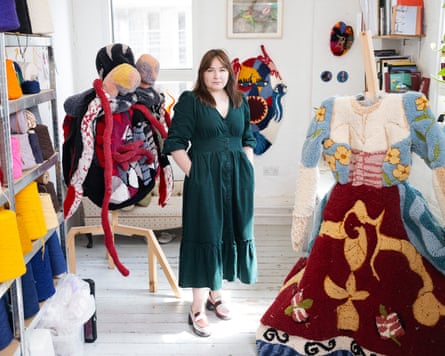
For her new exhibition at Richard Saltoun in London, Perach has made a series of sculptures and works on paper that respond to the 1817 ETA Hoffman story The Sandman, about a love triangle between a man, his fiancee and an automaton. There is a moment in the story when the automaton, Olympia, is singing in public and glitches, behaving strangely and revealing to the audience that she is only a machine. Inspired by this moment, Perach has made two identical sculptures in the shape of Victorian dresses that will be activated in the gallery space: one by a human hidden inside, and one by a machine. Perach wants to explore how viewers will respond to the disjuncture – the glitch – of realising that they can’t immediately tell which is which.
“It’s not inspired by AI,” she is quick to tell me, but the discomfort the story raises is connected to the questions we’re dealing with today around automation and artificial intelligence. “The terror of automatons or AI is the way they play with your assumptions of humanity, which in turn makes you question your own humanity.” She has titled the exhibition A Leap of Sympathy, a phrase borrowed from philosopher Henri Bergson referring to the way that we are all constantly making the assumption that the people around us are fellow humans, so that we can connect with them. Perach’s work asks what happens when that assumption is called into question.
This is the first time she has used mechanics or robotics in her sculptures. In previous exhibitions, as well as this one, Perach worked in collaboration with choreographer Luigi Ambrosio, sound composer Laima Leyton and performer Maria Sole Montaci. Perach has only performed inside the sculptures herself a few times. “I see myself more and more as a director – I can’t be master of all crafts,” she says. Working with her collaborators gives her access to a range of expertise to bring her work to life.
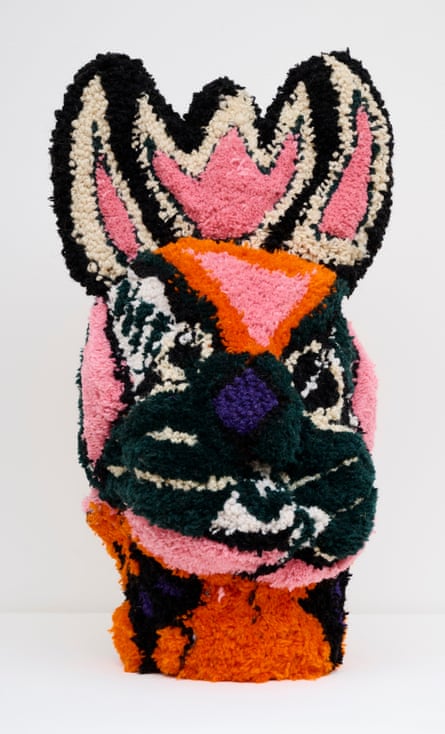
Perach purposefully walks the line between craft and fine art. “I push the craft element to the extreme,” she says. That aspect of her work is another way she engages with femininity – after all, women have traditionally been associated with craft and especially with textile work. The way her carpet figures have peeled off their two-dimensional stretcher to take up space in the room makes a case against the hierarchy that has traditionally seen media other than painting or sculpting with marble or bronze looked down on. They sit proudly in a legacy of pagan eastern European visual traditions, with their monstrous masked beasts and colourful traditional folk attire.
She has started to branch out into other materials – most recently glass – but can’t imagine letting go of carpet. “The material is so forgiving and malleable, and it can be manipulated in so many ways,” she explains. She started out by cutting up existing carpets to make sculptures with them, but wanted more control over the material. Her practice now incorporates both mechanical and manual processes of tufting, and allows her to control the supply chain feeding her work – “I know where my yarn comes from,” she says.
Perach’s work takes a long view of history – and of life. “I’m fascinated by the split between spirit and matter,” she says. “I’m trying to go back to that place of trauma, of split.” The drift away from magical and mystical ways of understanding the world towards highly scientific ones is one of the defining features of modernity. “As we grow up – as individuals and as a society – we are forced to rationalise. There is an element of refusal to do so in my work,” she says.
As we talk about the many new questions arising around AI and new digital innovations, she reminds me that many of those questions are actually old, if not ancient. Stories such as Hoffman’s, or Mary Shelley’s Frankenstein, grappled with the threat of non-human life long before we ever imagined the details of something like ChatGPT. Reflecting on the fundamental questions at the core of all those works, she says: “It’s really an ancient fantasy to give something life. Which in a way is what I do.”

 1 month ago
81
1 month ago
81


